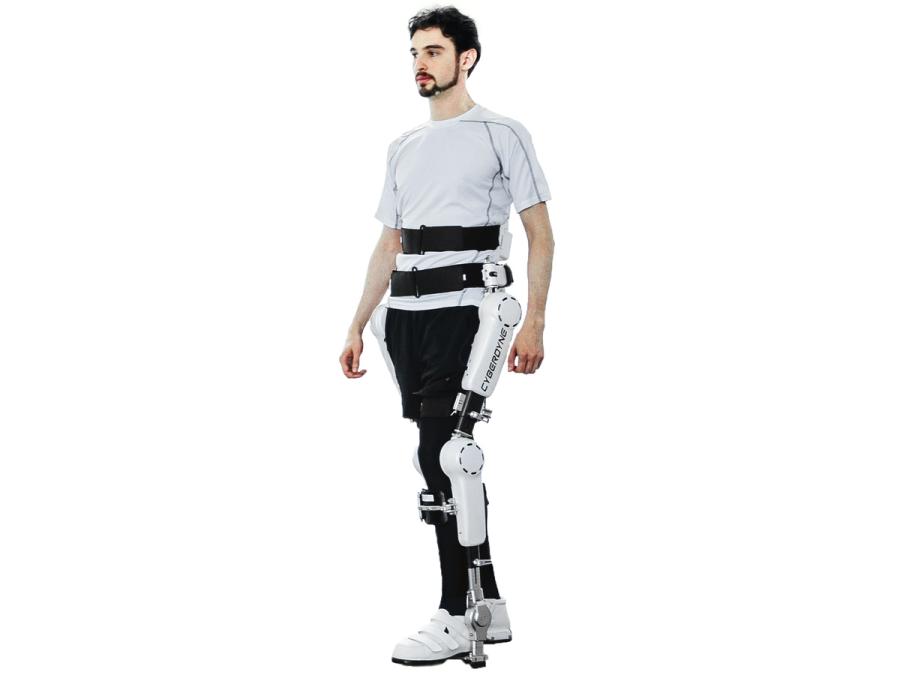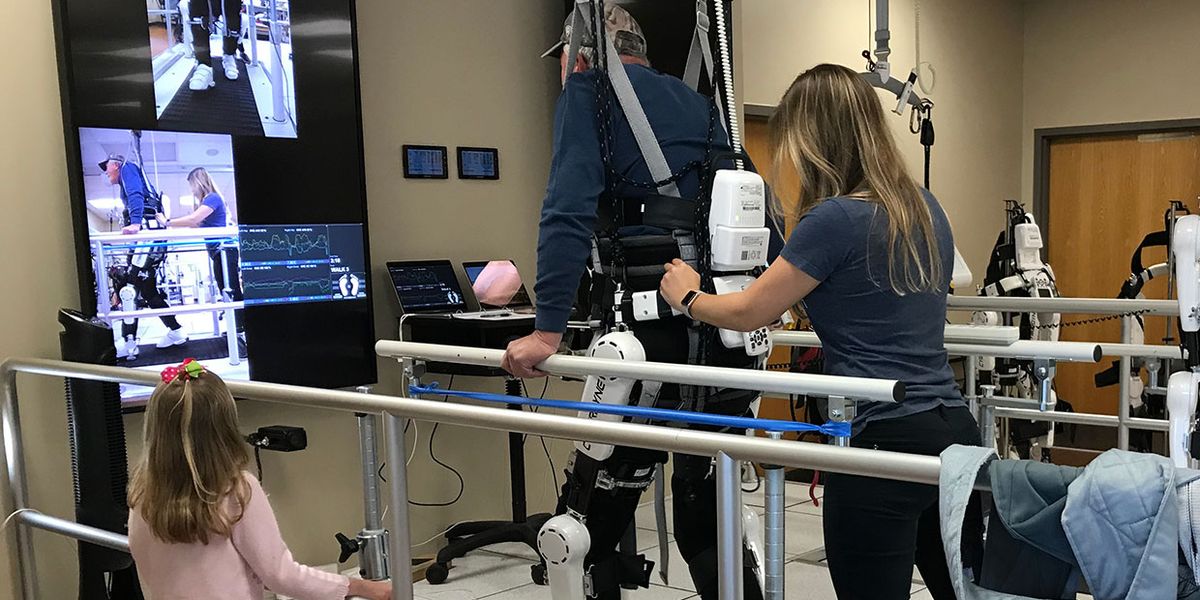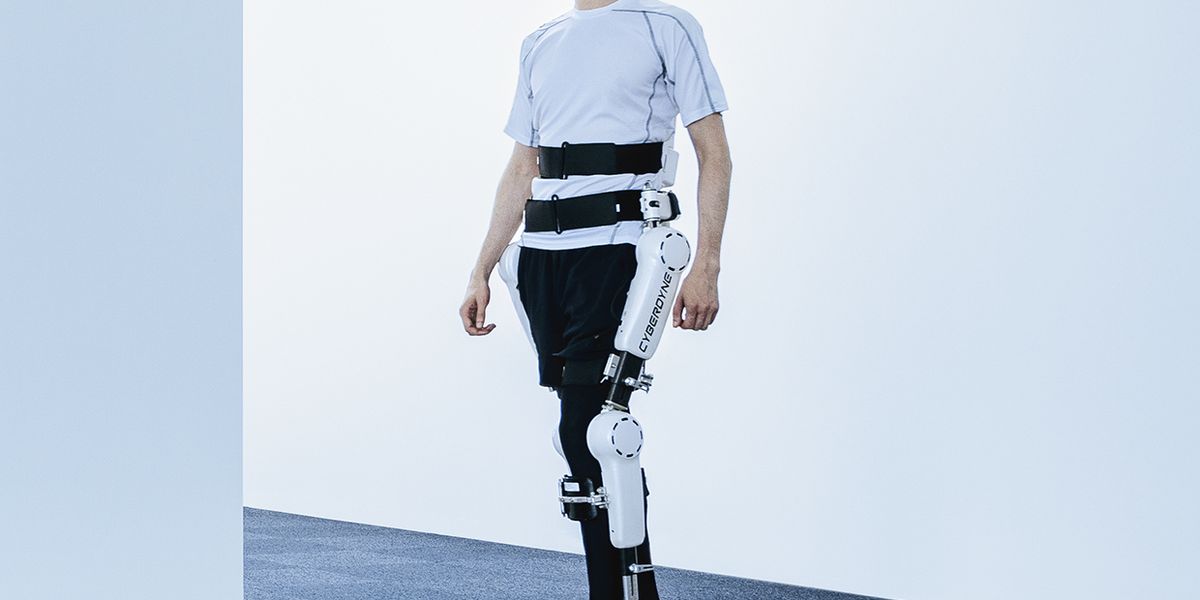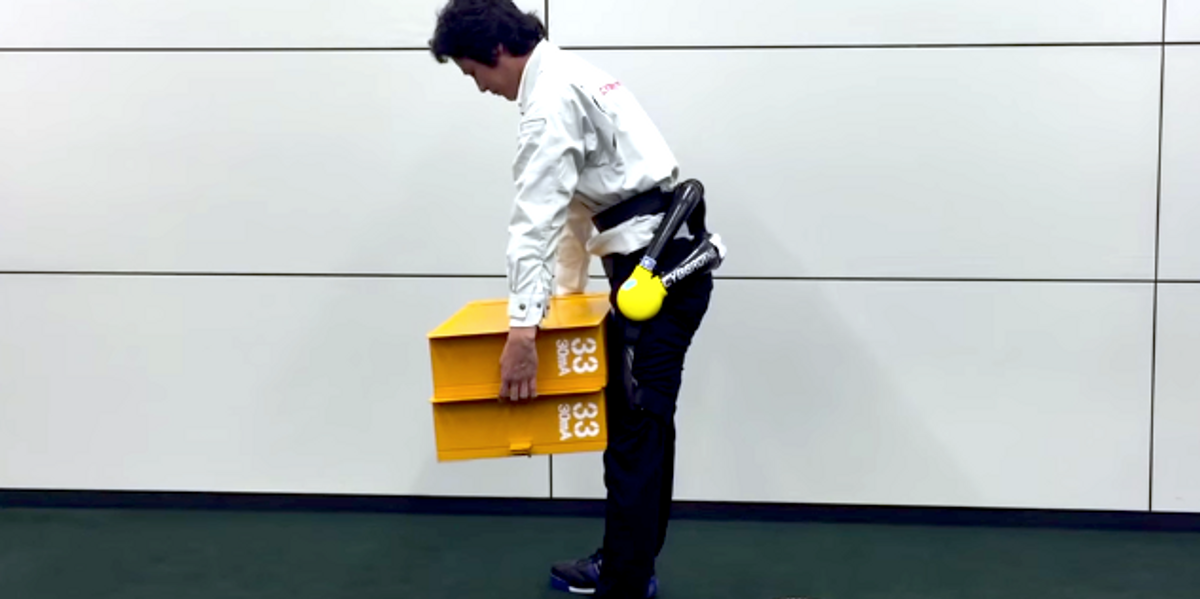HAL

HAL (Hybrid Assistive Limb) is a powered exoskeleton that can assist in daily activities in a rehabilitative capacity, or magnify the strength of the user by a factor of 10.
- Creators
- Year
- 2004
- Country
- Japan 🇯🇵
- Categories
- Features
Did you know?
HAL intercepts muscle signals and moves your limbs before you have a chance to.

History
In 2004, Professor Yoshiyuki Sankai, head of the Cybernics Lab at the University of Tsukuba, founded Cyberdyne to commercialize its HAL robotic suit. Over the years, Sankai and his team have improved the exoskeleton performance, expanded the company's product line, and carried out a steady commercialization program, first in Japan and then in Europe. In 2018, Cyberdyne received approval from the U.S. Food and Drug Administration (FDA) to begin offering its HAL (Hybrid Assistive Limb) lower-body exoskeleton to users in the United States.


Specs
- Overview
Equipped with two control systems, one based on bio-electrical signals derived from a person’s brain and nervous system that reflect an intended movement and another based on AI algorithms.
- Status
Ongoing
- Year
2004
- Website
- Width
- 53.8 cm
- Height
- 131.2 cm (max); 107 cm | 42.2 in (min)
- Weight
- 12 kg
- Sensors
Ground contact sensors, joint angle sensors, bioelectric sensors.
- Actuators
DC motors
- Degrees of Freedom (DoF)
- 2
- Power
Lithium-ion battery







